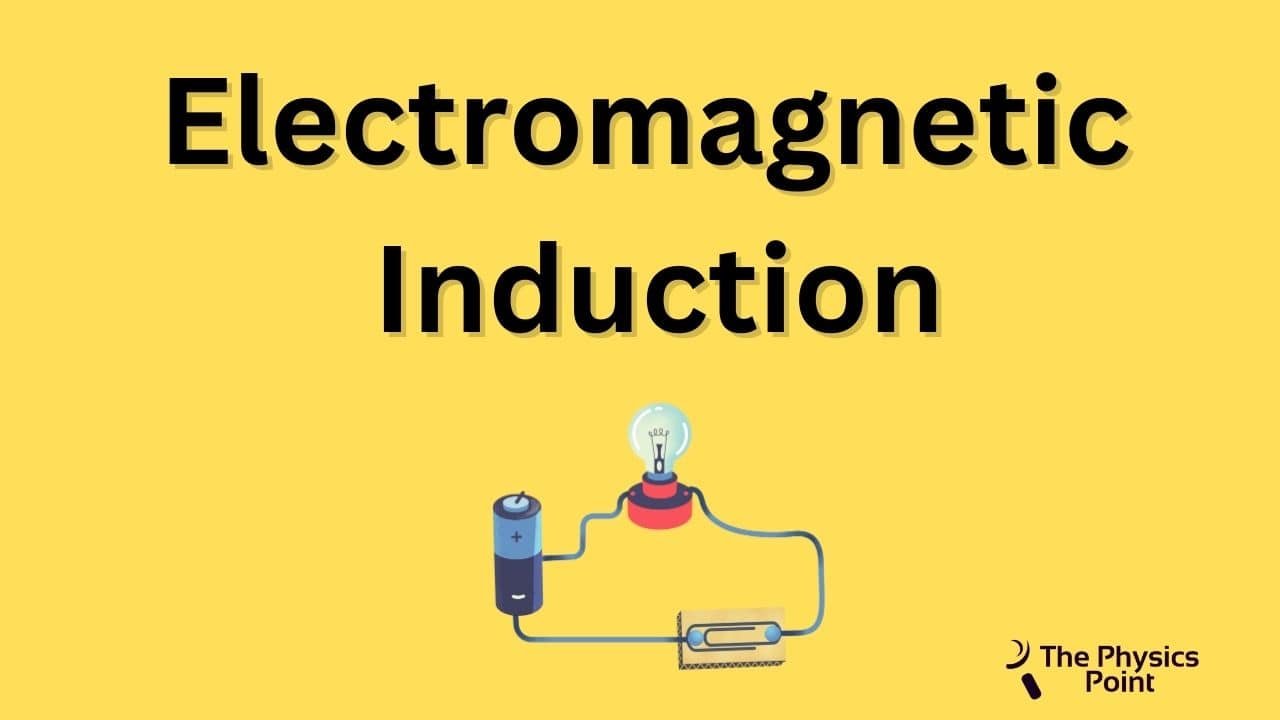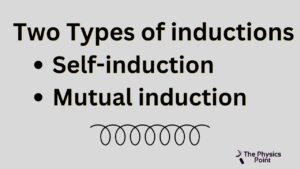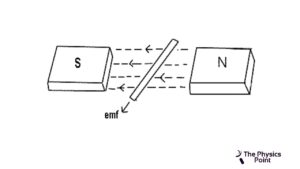What is Electromagnetic Induction? Definition, Applications and Laws

Dear readers of the Physics website you are very welcome to our today’s topic on physics – What is electromagnetic induction? This is the most significant discovery of Physics because it can generate electrical energy with the help of varying magnetic fields and magnetic flux. In the modern age of AC current many instruments and electrical gadgets are working on the electromagnetic induction process such as transformers, magnetic flow meters, etc. This is a very important topic from the point of examination.
Here we are going to describe some important questions such as what is electromagnetic induction, what induction definition physics, define electromagnetic induction, electromagnetic induction defines, electromagnetic induction definition, what is magnetic induction, the magnetic field induced by current, what principle of electromagnetic, etc. So please learn this question very well and please read the whole article from start to end to make your understanding very clear.
Electromagnetic Induction Definition
The phenomenon of what is electromagnetic induction was discovered by Michael Faraday in 1831. This electromagnetic induction was mathematically proved by the scientist James Clerk Maxwell. the important thing about this induction is that it follows the faraday law of induction.
The complete definition of electromagnetic induction is given as, If in any circuit current is produced due to the production of electromotive force because of changing magnetic field, then this phenomenon is considered electromagnetic induction. This described process happens when any conductor is put in the changing magnetic field or when any conductor is moving in a constant magnetic field.
What is inductance?
Inductance is the property of an electrical conductor so that it can approach the change in the current flowing through the conductor. The unit of the conductors is Henry. We can define the one Henry as the total amount of inductance required to generate an EMF (electromotive force) in any conductor change of the current in the conductor is at the changing rate of 1 ampere per sec.
Types of electromagnetic induction
In Our article what is electromagnetic induction, we are going to tell you about the types of electromagnetic induction. There are two types of inductions- Self-induction and mutual induction. These inductions are described in detail below-
1. Self-induction
It is produced when there is any change in the magnetic flux or the current of the coil then an electromotive force is induced and this phenomenon is known as self-induction. In this process, we found that the value of magnetic flux is directly proportional to the current in the circuit or coil at any instant.
The relation is indicated in the way
Ф = L x I
Here, Ф indicates the magnetic flux. L represents the self-inductance of that coil. Self-inductance depends on the permeability of the material cross-sectional area and the number of terms present in the coil.
2. Mutual Induction
Here we have to consider two coins the first one is the primary coil and the second one is the secondary coil. In the primary coil, we have to connect a battery and a key also and we need a galvanometer to connect it will the secondary coil. And now if there is any change in the magnetic flux linked with primary and secondary coils or change in the current then an opposing electromotive force is induced across both coils and this process is known as mutual inductance. It is also called electromagnetic induction with 2 coils.
The relation is indicated in the way
Ф = M x I
Here, M represents the mutual inductance of the two primary and secondary coils.

Faraday’s law of Electromagnetic Induction
There are two laws of Friday related to electromagnetic induction:
1. The first law of Faraday
According to the first law of Faraday if there is any conductor placed in the changing magnetic field then an electromotive force or EMF is produced in the conductor. If the circuit is closed then there is a flow of current observed and this current is called the induced current.
2. The second law of Faraday
According to the second law of Faraday, The induced EMF in the conductor is directly proportional to the rate of change of magnetic flux.

Electromagnetic induction formula
On the observations of Faraday’s law, the induced EMF is written by the following relation –
e = N × dΦ / dt
here,
- e is represented as the induced voltage in the conductor.
- N refers to the number of terms present in the coil.
- Ф is the magnetic flux. The unit of the magnetic flux is Webbers.
- And the t represents the time in seconds.
Applications of electromagnetic induction
Because this is a very important process of Physics, it is considered as the most significant discovery of Physics. There are some applications of electromagnetic induction are given below-
- Electromagnetic induction (in AC generators)
- Electrical Transformers (step-up and step-down transformers)
- Magnetic Flow Meter
Frequently asked questions (FAQs)
Ques. What is electromagnetic induction?
Ans. If in any circuit current is produced due to the production of electromotive force because of changing magnetic field, then this phenomenon is considered electromagnetic induction.
Ques. What is the importance of electromagnetic induction?
Ans. This is a very important process of Physics by which we can produce electrical energy in a closed circuit by using the magnetic field and here we don’t need batteries.
Ques. Who discovered electromagnetic induction phenomena very first?
Ans. The great scientist Michael Faraday discovered the process of electromagnetic induction in 1831.
Conclusion
So dear students, in today’s topic, what is electromagnetic induction we described everything about it. Some important questions such as what is electromagnetic induction definition physics, em induction, what induction means physics, how electromagnetic induction works, what magnetic induction occurs when etc are described very well if you have any queries or any suggestions regarding what is electromagnetic induction. you can comment below. We will meet in the next article.
